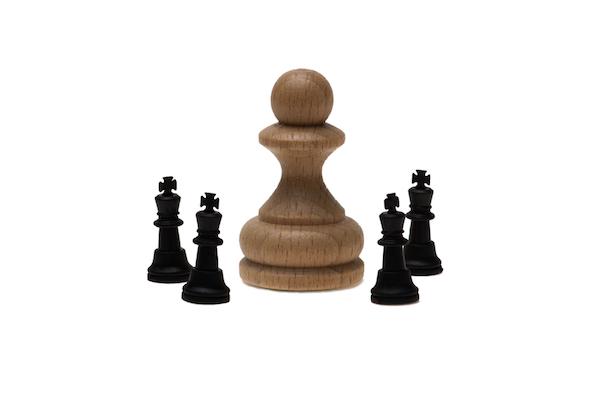
My Favorite Classic Games, Part 10
This series is all about the classic games that, as a young teen (15 years of age), affected me in a profound manner. In general, they were positional games since, for a kid that grew up on attacking chess and combinations (12 to 14 years of age), strategic considerations were left behind and, as a result, were alien.
Thus, when I was finished studying games by Anderssen, Morphy, Spielmann, Marshall, Alekhine and Tal, I decided to check out less extreme players and broaden my chess horizons.
The games I will share might or might not be masterpieces; the criterion for this series is that they taught me an extremely important lesson(s) that made me well rounded and much stronger. I’m hoping that these games will teach you the same lessons, thereby improving your positional understanding and helping you become a better player.
This week we are going to discuss the big pawn center. Chess players hear a lot about big pawn centers and how strong they are. But those centers can also be viewed as a target to attack.
At times the big center gets kicked into bits, leaving weak, ruptured pawns behind, waiting for their eventual demise. But at other times the center remains intact -– solid but filled with holes. This is the kind of center we’ll address in this article.
My first eye-opening experience (I was 14) in this kind of center was a game of Nimzowitsch’s. For me, the big moment occurred on move 8 (!) with the rest of the game adding to the overall effect.
A year later (I had improved a lot during that year!) I happened upon a game of Smyslov’s which took the idea of turning a big pawn center into a complex of holes to a whole new level. I will use my instructive notes from How to Reassess Your Chess, 4th Edition.

After this game showed how to handle Black’s position, everyone jumped on the bandwagon and White eventually gave up on 12.h3 altogether (it’s still seen from time to time, but it’s no longer viewed as a serious way to strive for an opening advantage). Nowadays, 12.Bf4 and 12.Qd2 are White’s most popular replies to 11...Rd8.
Here’s another example of Black getting a very nice position by turning White’s big center into Swiss cheese.
LESSONS I LEARNED FROM THESE GAMES
- If your opponent has managed to build up a huge pawn center, don’t let it sit there and squeeze you to death.
- By forcing the opponent’s center pawns to advance, you can often create multiple weaknesses and turn the once foreboding center into Swiss cheese.
RELATED STUDY MATERIAL
- Read IM Silman's previous article: My Favorite Classic Games, Part 9
- Watch IM Keaton Kiewra's video on pawns.
- Take a lesson on passed pawns in the Chess Mentor.
- Solve some puzzles in the Tactics Trainer.
- Looking for articles with deeper analysis? Try our magazine: The Master's Bulletin.






